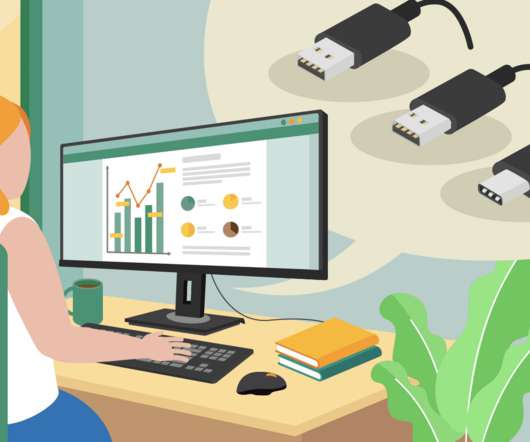USB-C, USB-B, and USB-A: What’s the Difference?
ViewSonic Education
NOVEMBER 29, 2021
The first version was released in 1996, and the most recent speed upgrade is USB4, released in 2019, though it is not yet widely implemented. On the other hand, USB-C simplifies things considerably, with fully reversible, bi-directional power capabilities and better data rates. had a data rate of 1.5 had a data rate of 1.5

















Let's personalize your content